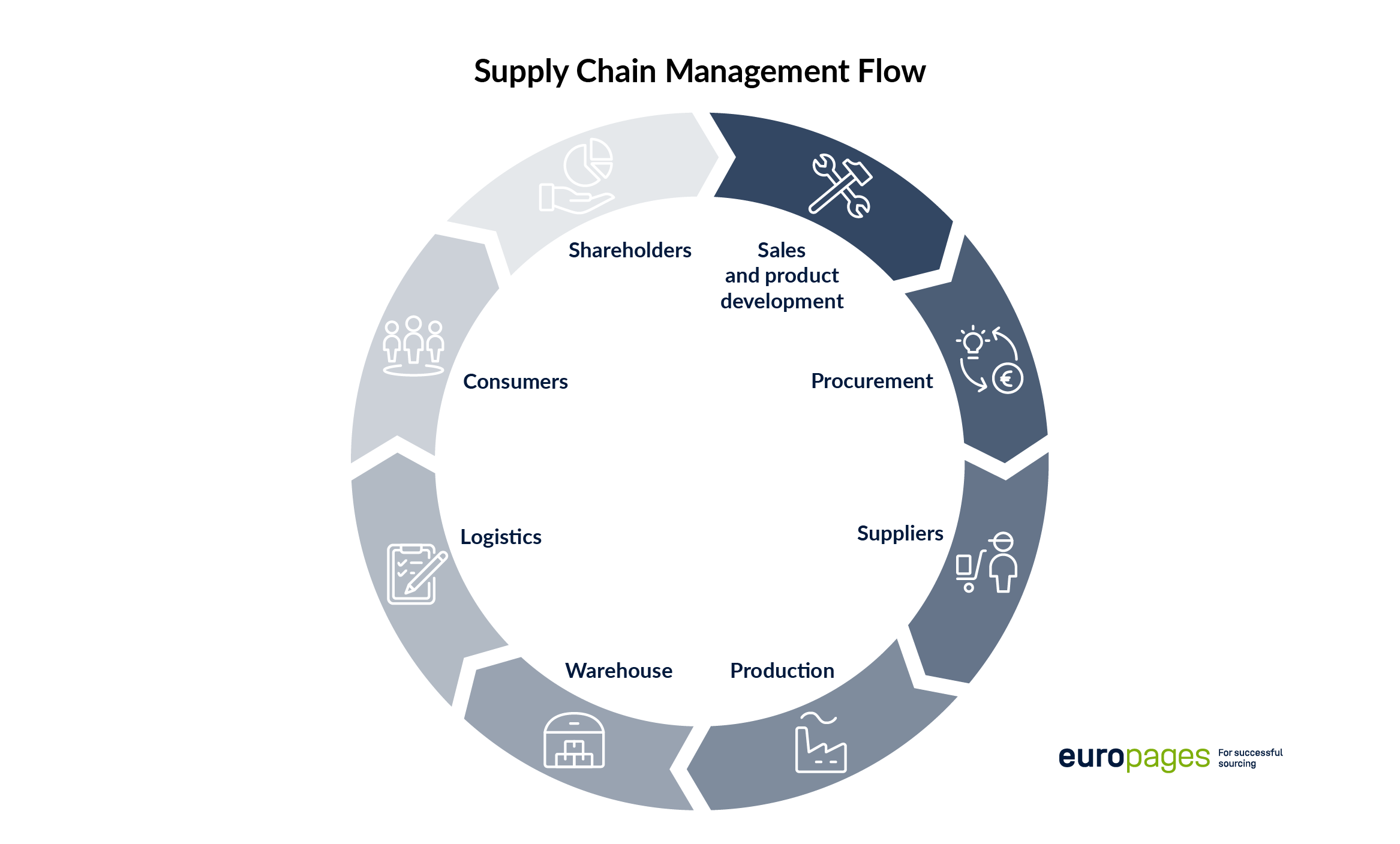Dual Sourcing Strategy: Definition
Turn one into two - that's the dual sourcing principle in purchasing. Specifically, this means: One procurer orders identical resources from two independent suppliers. Hence, the buyer can choose between multiple purchasing sources and manager his or her needs more flexibly.

The Advantages and Disadvantages of the Dual Sourcing Strategy
The corona virus example shows how important multiple channels in the procurement process can be. For fear of infections of employees and customers, companies in areas that are severely affected by the disease cut production or suspend it entirely. The consequences for the supply chain are dramatic. Especially in single sourcing situations, i.e. in relationships with only one source, the replenishments end if it breaks down and the supply chain is ruptured.
The risk can be reduced through dual sourcing, or double sourcing: Those who pursue this procurement strategy do not have to depend on a single supplier. Instead, they can balance their order volumes in the event of bottlenecks. If one of the two sources is no longer available, the second one steps in an compensates for the deficits.
Dual sourcing can be helpful not only when it comes to the consequences of the corona virus in purchasing. It prepares supply chains for natural disasters (tsunamis, volcanic eruptions, flooding, wildfires) or unexpected changes to the procurement process (insolvencies, product changes, price increases).
The key advantages of dual sourcing for procurers:
- Greater on time delivery certainty
- A stronger position in negotiations
- Innovation pressure for suppliers
- Flexible volume distribution
- Better risk allocation
However, there are also some disadvantages compared to single sourcing:
- Higher ordering and transaction costs
- Increased need to communicate
- Less control
Recommendation concerning single sourcing: Long-term contracts with suppliers ensure a certain level of pricing and quantity stability. However, they are hardly helpful when it comes to unforeseen events and force majeure.
Other procurement strategies: Multiple, global, local and modular sourcing
You do not have to stick with just two suppliers. Depending on the sector and market environment, it is possible to spread the supply resources across additional providers. This approach is called Multiple Sourcing. Identical raw materials and other supplies stem from three or more providers. Among other things, buyers may be able to yield great price advantages. Volumes can be shifted from an expensive to less costly providers. Compared to dual sourcing, it further increases the competitive drive.
At the procurement end, it mandates the simultaneous direction of multiple business partners, which requires additional resources. Always keep an eye on the terms and compare them. Hence, the need for information increases significantly. And: The competitive scenario may lead to better purchase prices, while the flexibility to negotiate for procurers is consistently reduced. In some cases this may be compounded by the short term or frequent changes in suppliers. Those who constantly change the buying volumes and distribute orders in a volatile manner lose their attractiveness as partners.
The next expansion level is Global Sourcing. In this case, buyers shop from sources all over the globe. This may mean that the supplier network is even larger with additional players and the benefits and disadvantages of multiple sourcing are further amplified. However, things may develop differently: Global sourcing can also be understood as dual sourcing based on its definition. In this case, there are two suppliers in very different regions who depending on the timing and location may offer varying benefits.
The quasi geographic opposite of global sourcing is Local Sourcing (Domestic Sourcing). In this case the focus narrows down on a rather small region. The local concentration leads to short transportation routes, fosters the local economy and thus improves the image of the procuring company on location. Depending on the number of suppliers, the principal benefits from intense competition. On the other hand, the principal may have to forfeit price advantages that would be available elsewhere in the world.
